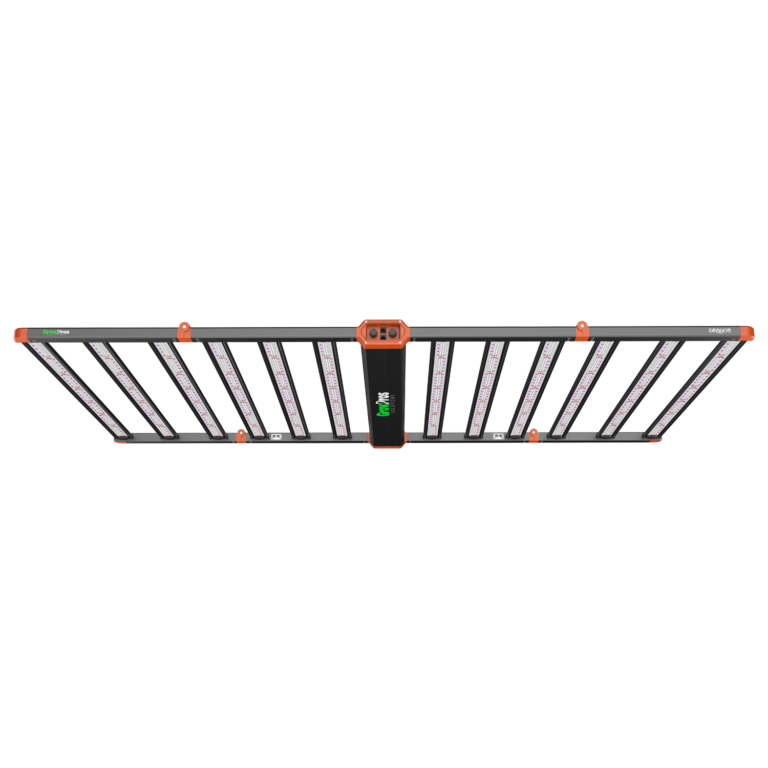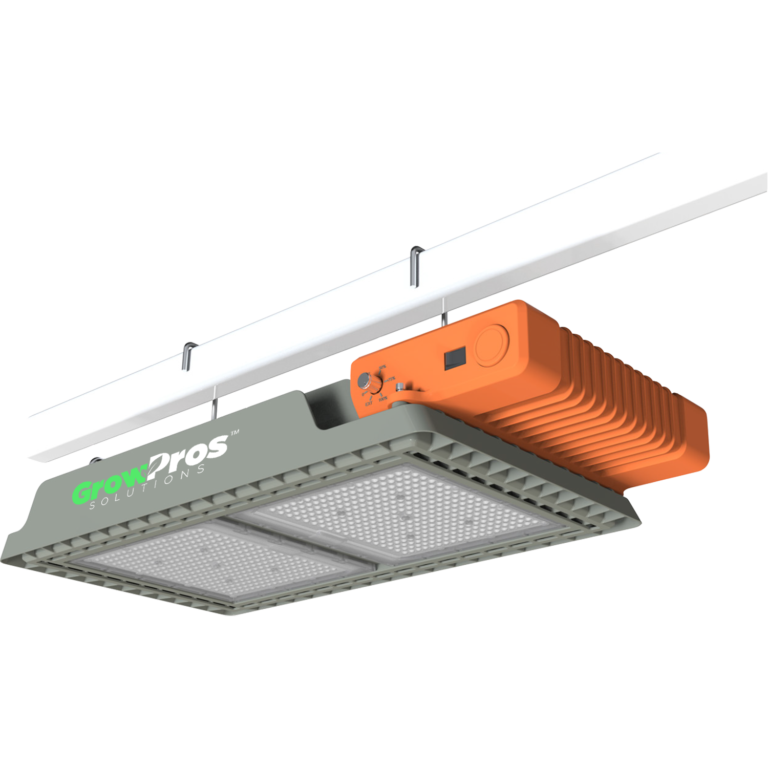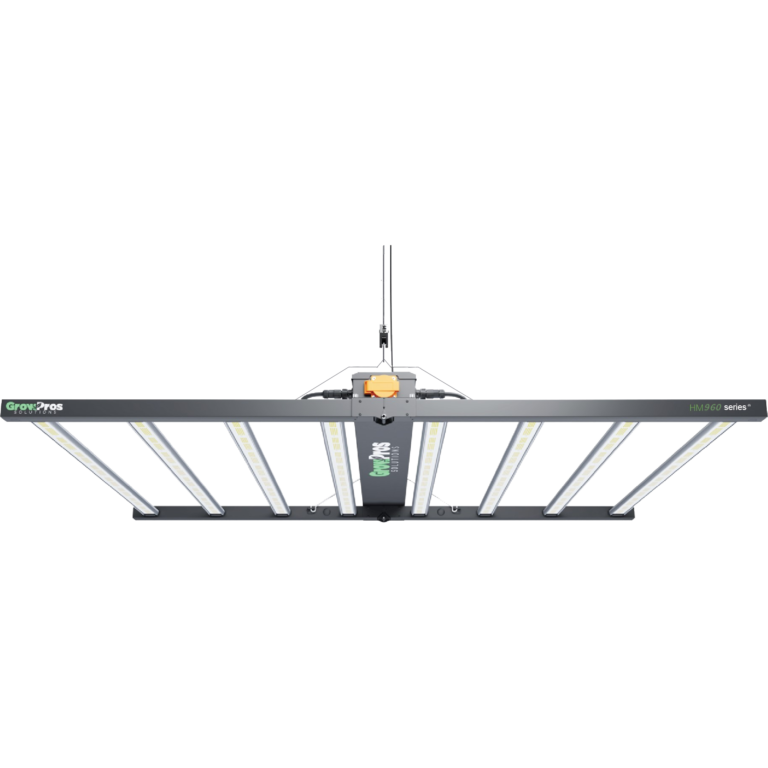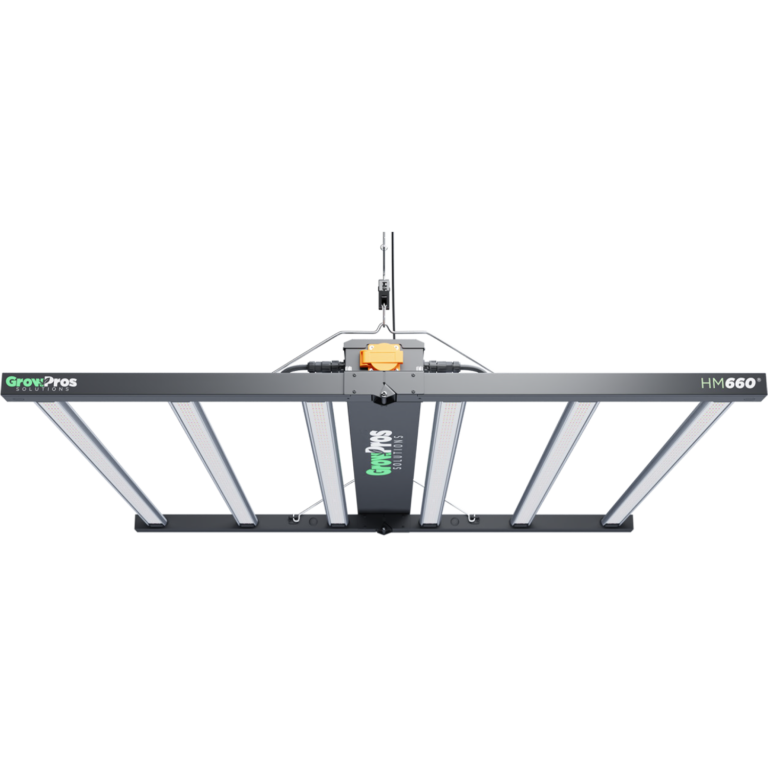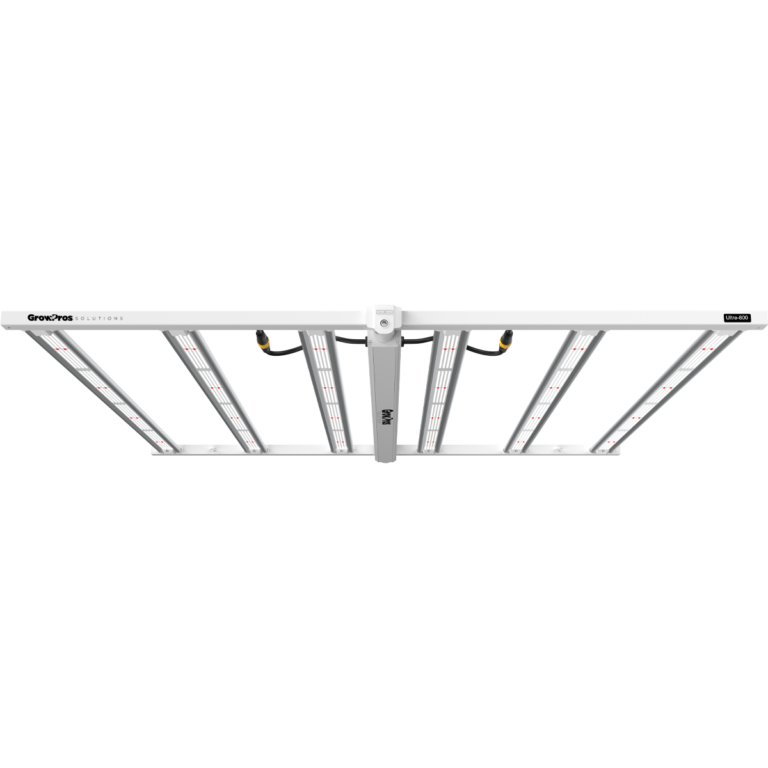480 Volts LEDs Grow Light
LED Grow Lights for
480 Volts LED Grow Lighting
With the substantial growth of indoor agriculture facilities, there’s a corresponding rise in the emergence of more advanced growing facilities. To enhance the production efficiency of your cultivation facility, understanding how different equipment voltages impact your power resources is crucial. One key principle to boost efficiency for growers is:
VOLTAGES
As a general principle, higher voltages typically equate to lower installation and operational expenses. Employing LED fixtures that can leverage the higher voltages available in your facility can lead to significant cost reductions. By utilizing higher voltage LED fixtures, you can maximize power efficiency and achieve optimal performance. However, it’s important to note that operating costs may vary based on the specifics of your local power infrastructure.
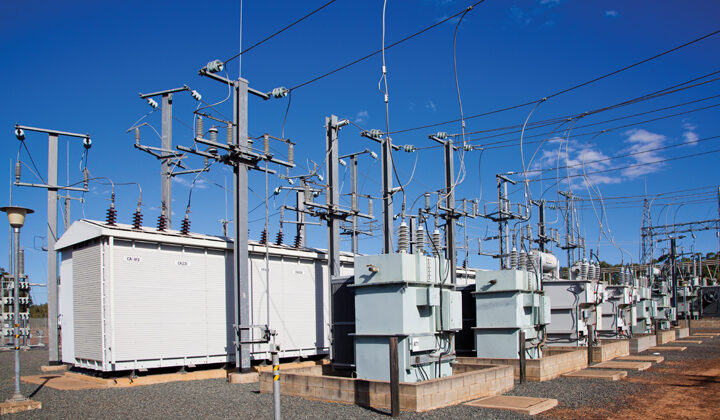
480V Advantages
Energy Cost Efficiency
Electricity transmission inherently incurs energy losses due to factors like heat generation and cable resistance. However, employing higher voltages can mitigate these losses and ultimately reduce energy costs. By minimizing energy loss during transmission, higher voltage lines ensure that a greater portion of the electricity generated reaches its intended destination. This efficiency is particularly crucial in large-scale power distribution networks, where even marginal improvements in energy conservation can lead to significant cost savings over time.
Higher voltages also offer enhanced efficiency in power transmission due to the phenomenon of “voltage drop.” Essentially, higher voltages experience lower resistance within cables compared to lower voltage systems, resulting in reduced voltage drop over longer distances. For example, a cable operating at 480 volts can sustain a higher current load while experiencing less voltage drop compared to a cable operating at 240 volts under the same conditions. This reduction in resistance not only improves overall transmission efficiency but also allows for longer cable runs without sacrificing performance.
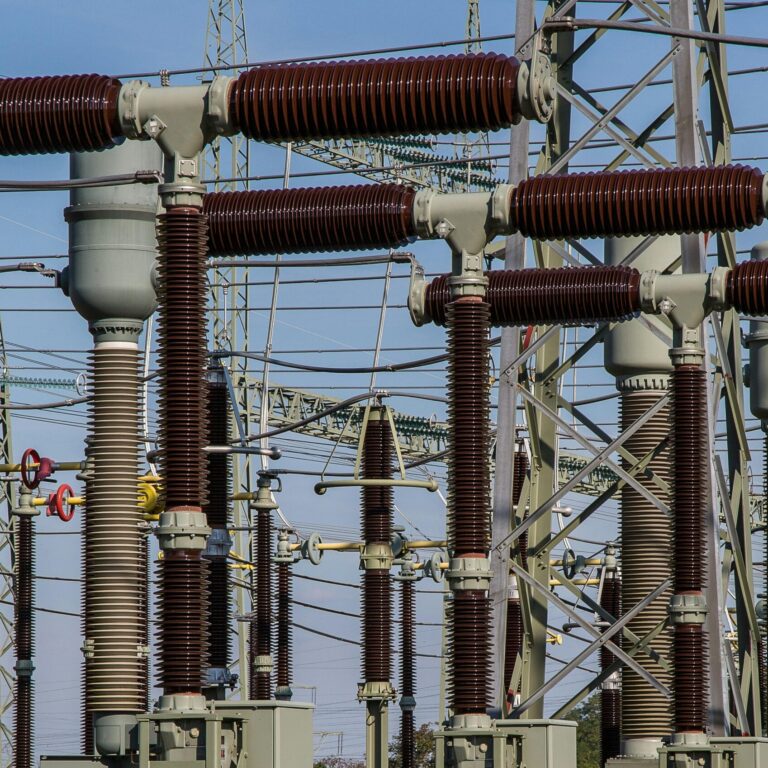
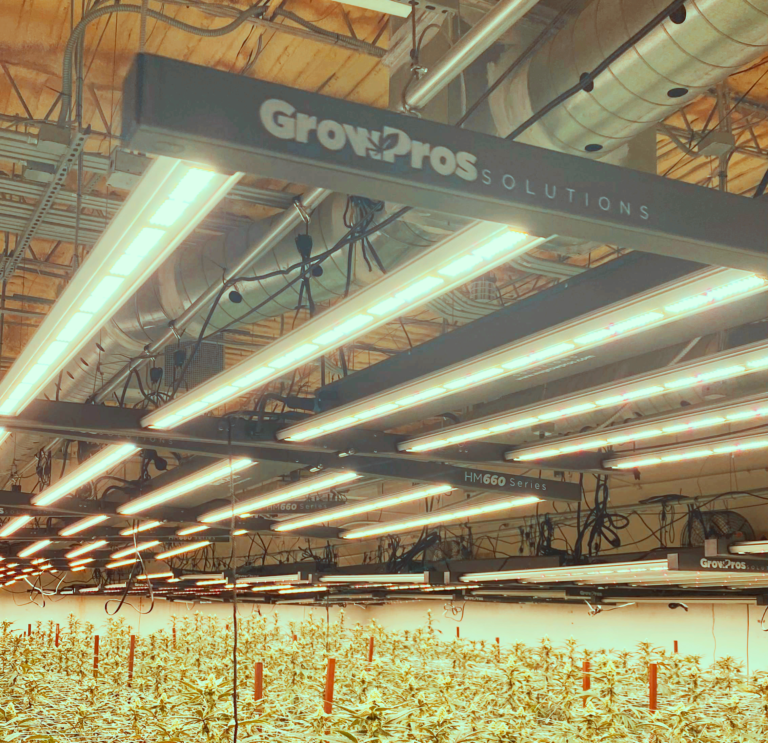
480 Volts LED Grow Light Solutions
As electricity travels through transmission lines, energy losses occur naturally. By utilizing higher voltages, these losses can be minimized, resulting in reduced energy costs and less heat generation or resistance within the cable. Consequently, transmission lines operating at higher voltages are more efficient, as they minimize the amount of power lost during electricity transfer from one location to another.
The efficiency of higher voltage transmission is evident in the concept of “voltage drop.” Consider a cable operating at 240 volts carrying a current of 16 amps; its internal resistance limits the maximum cable length to about half that of a cable operating at 480 volts. With higher voltages, resistance is reduced, leading to lower voltage drop and ultimately greater efficiency in energy transmission.
Lower construction cost
Our standard LED fixtures are versatile, accommodating voltages ranging from 100 to 277 volts. Additionally, we offer 480 volts versions for specific requirements. To simplify installation and reduce wiring complexity, we provide ETL-approved daisy-chain power cables. These cables allow multiple LED fixtures to connect to a single receptacle or circuit, eliminating the need for numerous individual power outlets. By centralizing the power source, you can streamline your setup and minimize the risk of wiring errors, saving both time and money during installation.
With our daisy-chain power cables, you can achieve a more efficient and cost-effective lighting solution. Instead of installing separate power outlets for each fixture, you can connect multiple lights to a single outlet or circuit. This not only reduces installation time and labor but also ensures a neater and more organized setup. Whether you’re setting up a new grow room or upgrading an existing facility, our daisy-chain power cables offer a convenient and reliable solution for powering your LED fixtures.
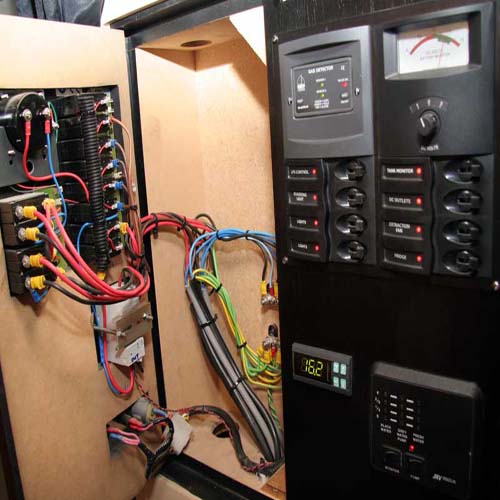
Are higher voltage LED fixtures recommended?
Efficiency and cost-effectiveness are paramount when making decisions. Therefore, when deliberating on the voltage to employ for your LED lights, it’s important to consider:
The primary voltage in your facility
It’s highly advisable to seek guidance from a seasoned electrician to ascertain the range of voltages accessible within your facility. This step is crucial for understanding the infrastructure and ensuring compatibility with your lighting systems. Once on-site, the electrician will embark on evaluating the power supply configuration, taking into account factors such as existing wiring, circuitry, and transformer capacities.
In many commercial American cultivation facilities, the standard practice involves deploying 3-phase, 277/480 volts power systems. These setups are favored for their ability to maximize power efficiency and accommodate the demands of modern indoor agriculture operations. However, the suitability of these systems may vary depending on factors like facility size, geographical location, and specific energy requirements. Therefore, it’s essential to explore and evaluate all available power sources before making a decision.
Understanding LED Fixture Voltage Requirements
LED fixtures often have specific voltage requirements, with some models accommodating a range of voltages. For instance, an LED fixture labeled “100-277 volts” can function within this range, automatically detecting the input voltage for proper operation. It’s imperative to verify the voltage compatibility of your LED fixtures before connecting them to a power source to prevent potential damage.
Optimizing Voltage for Efficiency
Employing the highest available voltage to power your LED lights can enhance efficiency by reducing the number of circuits needed and the associated current or amperage. Electrical devices typically operate most efficiently when connected to higher voltages. For example, 16 ThinkGrow Model Iplus LEDs operating at 240 volts would require multiple circuits to handle the total current. Conversely, connecting the same 16 lights to a 480-volt power supply would necessitate only a single circuit, significantly reducing the required amperage.
We are at the forefront of
Optimizing the utilization of 480V LEDs.
Growpros Solutions LEDs are meticulously crafted for professional horticultural applications.
Our LED lights can be customized to support voltages ranging from 347 to 480 volts for bulk orders.
For inquiries or to place an order, please refer to the contact information provided below:
Phone: 800-383-6200
Email: support@wegrowpros.com


